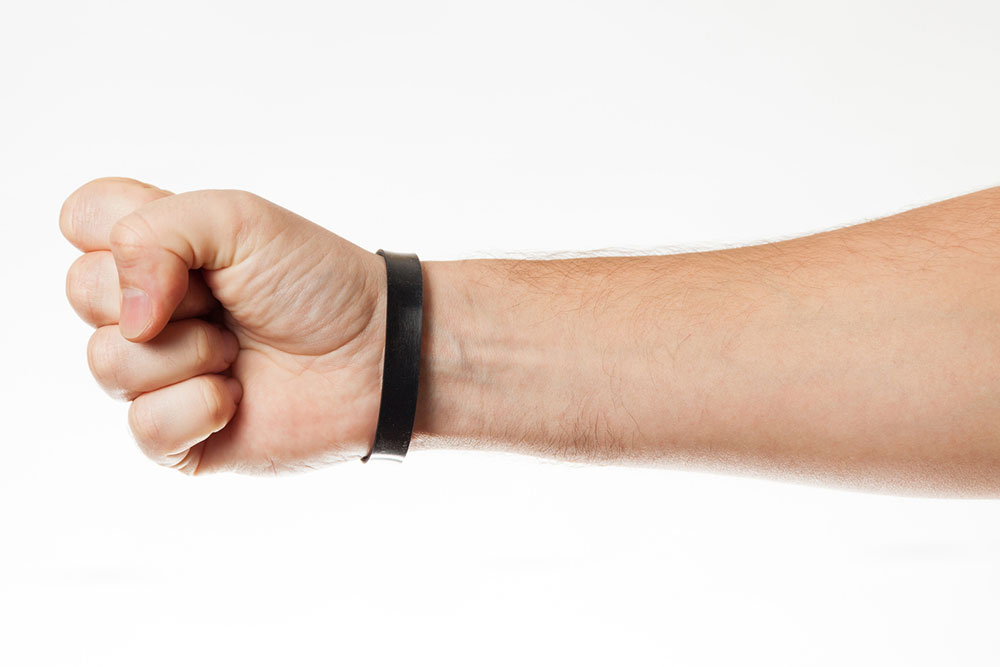9 common wristband branding mistakes to avoid

Wristbands have become the popular choice for brand promotion and event participation. Organizers use bands for events, fairs, concerts, and even charities as either identification markers or giveaways. So, wristband designing is now a huge business, with many players vying for big brands to work with them. In such a saturated market with tons of customization options, here are a few common wristband branding mistakes to avoid to make the best decision.
1. Brand inconsistencies
Not having the brand reflect through colors, logo, and overall band aesthetic is one of the most critical mistakes to avoid with wristband branding. Deviating from these elements could confuse customers and dilute brand recall. The wristbands should display the messaging clearly and vividly to ensure that brand recognition does not suffer. Also, wristbands offer an excellent opportunity to tell the brand’s story and connect with customers. Incorporating elements of storytelling into the wristband design through imagery, symbols, or taglines can evoke emotions and create connections.
2. Taking creativity too far
Whoever said “less is more” was right on the money. Cluttered layouts, graffiti-style designs, and excessive text can distract the customer and target audience from the real message. Clean, simple designs will always be more recognizable. The design should strike a good balance between brand recognition, messaging, and creativity. By no means does a minimalist approach mean boring or unattractive, as a tasteful, well-designed wristband can do the job without overwhelming users.
3. Poor quality
Even for a standalone event or a concert, investing in providing high-quality wristbands will leave a lasting impression on the target audience. Many people like holding on to keepsakes from events, and if the wristband serves as a sturdy memento, the feedback is bound to be positive. Opting for low-quality materials is a cost-effective choice, and it could be tempting to keep costs low, but it can tarnish the brand’s image. Flimsy, uncomfortable, or easily damaged wristbands reflect poorly on the brand’s commitment to quality. Single-use wristbands are typically made of Tyvek, plastic, or vinyl. They are thin, comfortable, and can support a great deal of detail. Silicon wristbands are generally made for the long term, like for multi-day events or as a fashion accessory. Woven wristbands look the best and can support full-color images. Silicon and woven wristbands tend to be sturdier.
4. Not utilizing customization options
Printing technology allows for extensive customization, and not leveraging this feature is a mistake. Customizing the bands by adding unique slogans, the customer’s name, embossing, debossing, and even making the band glow-in-the-dark or biodegradable can make the wristbands stand out. Personalized touches indicate an attention to detail that customers will appreciate.
5. Ignoring the target audience’s preferences
Market research can help one avoid this mistake. Gaining insight into the target audience’s demographic, interests, lifestyle, and more can help one design a wristband that resonates with them. Skipping such research could result in the brand completely missing the mark with brand recall and messaging. So, aligning with the target audience’s preferences will work in favor of the company.
6. Overlooking design and text placement
The most crucial aspect of wristband design is text placement. Although the band goes around the wrist, the text should be clearly visible and not hidden from view. In the case of wristbands equipped with adhesive strips, one must remember that the most important message and image or logo should be printed to the left of the wristband, right next to the adhesive strip. So, when the wristband is worn, what is left of the wristband will be properly visible. Anything printed to the far right could be cut off when the wristband is worn. One should ask for a sample wristband or a preview of the design before placing any large orders.
7. Choosing an inexperienced supplier
Wristbands are a versatile, cost-effective tool for branding, so they are responsible for the company’s reputation to an extent. So, skimping on hiring an experienced supplier or choosing a supplier with fewer customization options and low-quality materials is a big mistake. Simply having mass-produced, bad-quality wristbands to meet the order does not make sense. Instead, choose a supplier with the right tools, skill, knowledge, and raw materials to make wristbands worthy of the brand and those that align with the brand messaging to keep loyal customers coming back and new ones intrigued.
8. Not having a clear distribution strategy
It might help to remember this proverb here: For want of a nail… Just having a gorgeous wristband does not guarantee success. Details matter. So, one could have a well-designed, beautifully branded wristband with the right messaging using the best material, but if there is no plan for distribution, it will all be for naught. Effective distribution is crucial to the success of wristband branding. Identifying probable venues and events, like trade shows, festivals, or conferences, where the target audience is most likely to gather can maximize visibility. A well-thought-out strategy also increases the chances of the wristband reaching the intended audience.
9. Neglecting social media integration
It is safe to say that a large percentage of a brand’s target audience is likely to be on social media. So, encouraging loyal customers to share images or details of the wristband and tag the brand may have a positive cascading effect on their followers. User-generated content and engagement can expand the brand’s visibility and grow its reach, targeting audiences from far and wide. So, not leveraging social media would be a mistake here.







